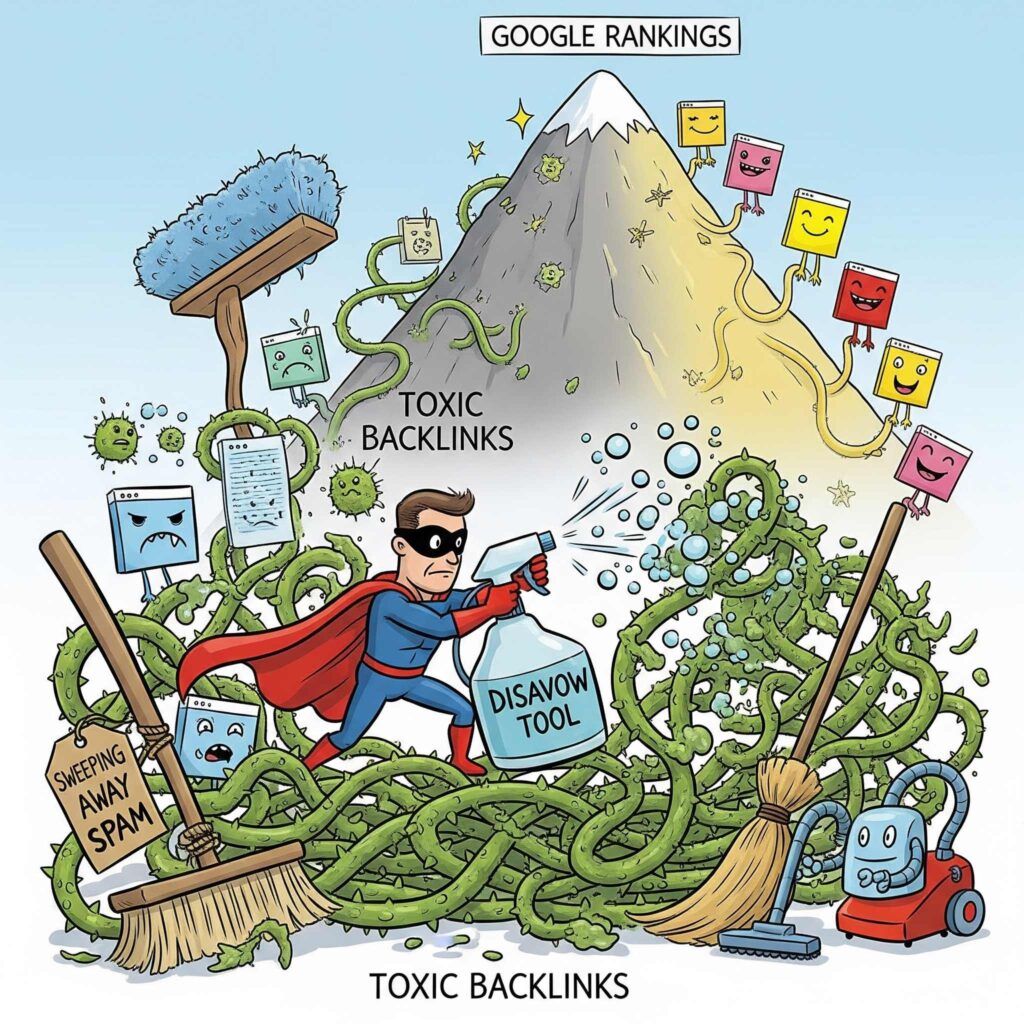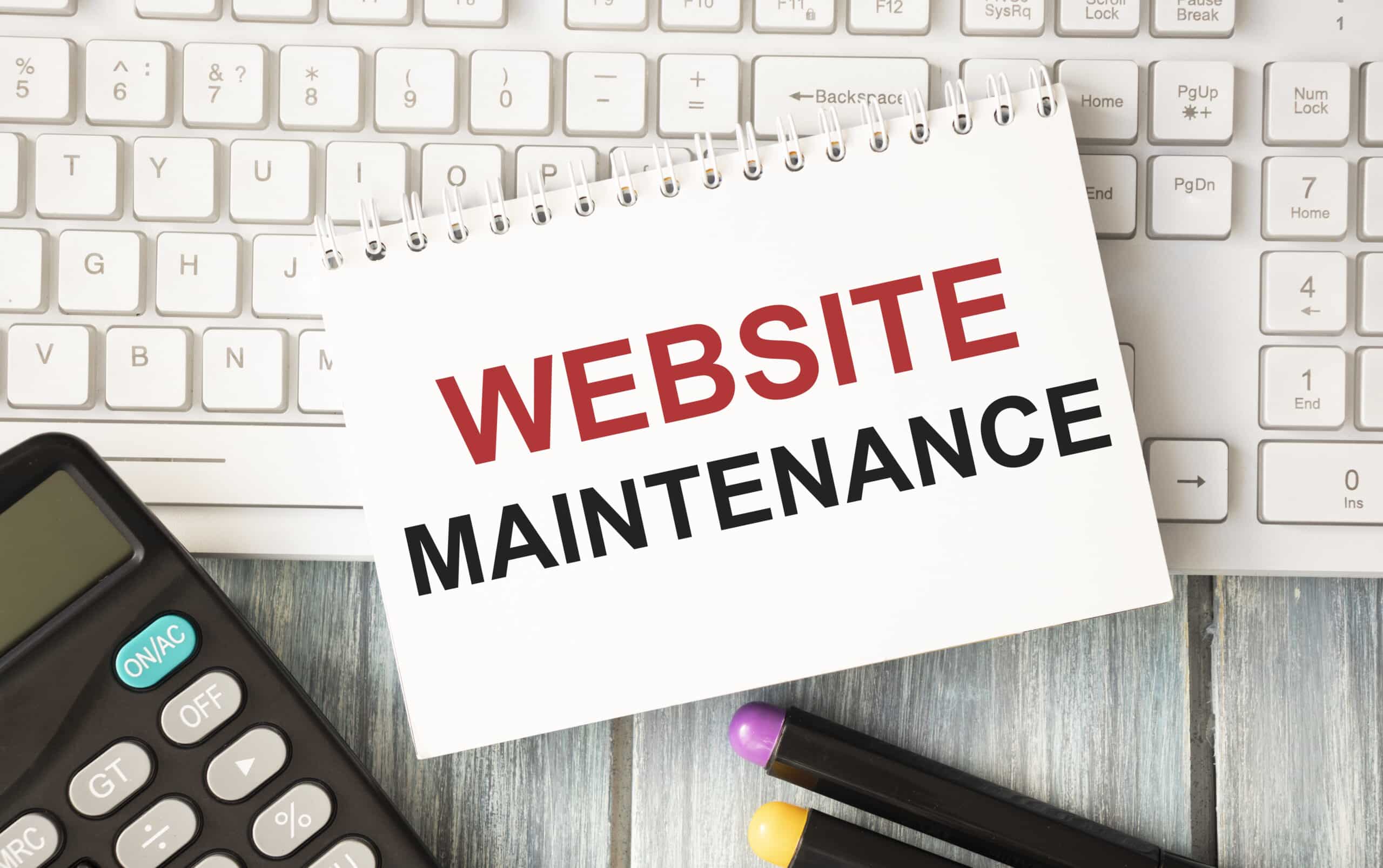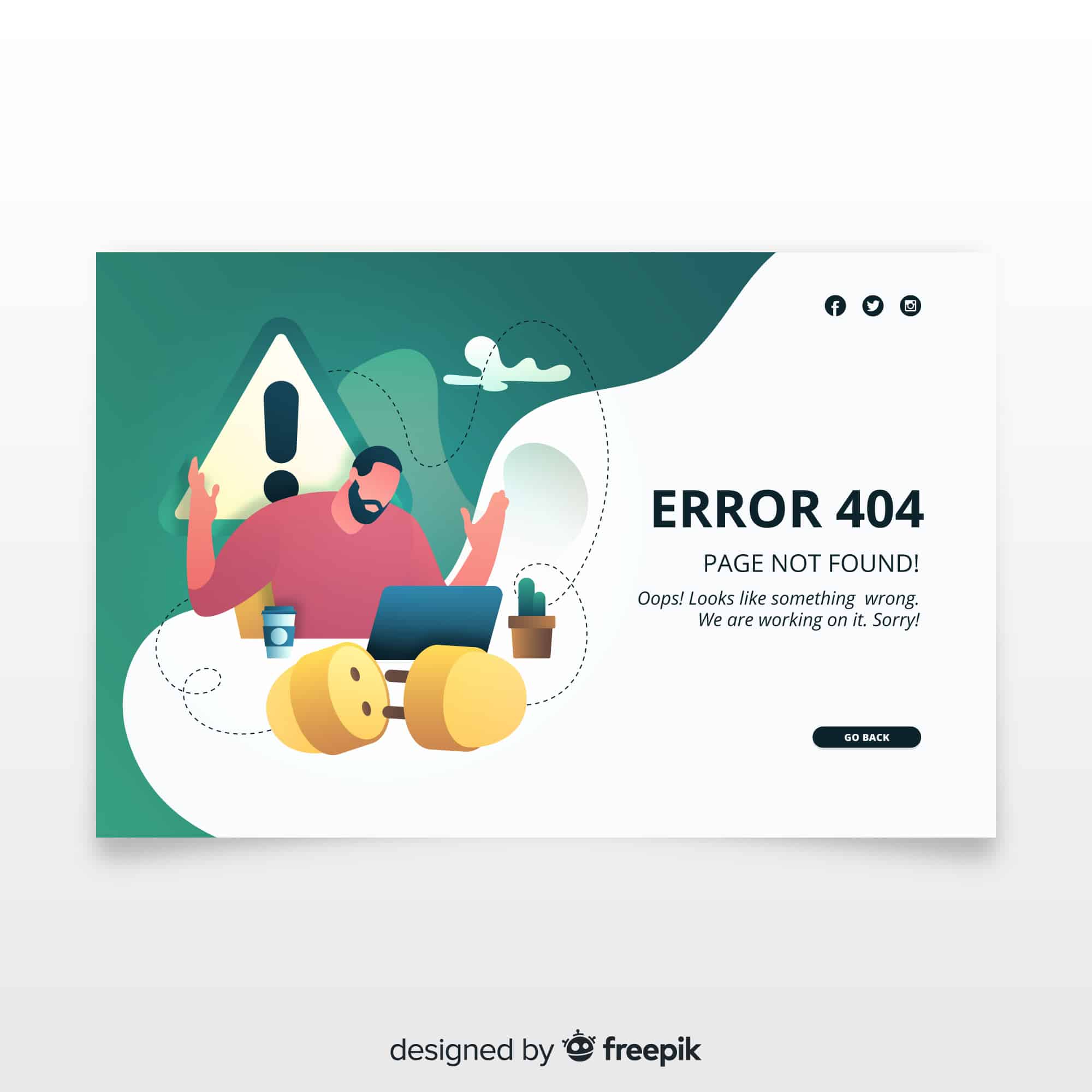You just hit publish on your WordPress post and… nothing. No traffic, low visibility, crickets. That’s where search engine optimization for WordPress comes in. In this complete guide you’ll learn practical steps to fine-tune your site, improve your ranking, and drive more organic traffic. I promise.
Optimize Core On-Page SEO
On-page tweaks both help readers navigate and search engines crawl your content. Nail these basics first.
Refine Title Tags And Meta Descriptions
Nobody clicks a bland title, right?
- Include your main keyword in the title, keep it under 60 characters.
- Write meta descriptions that tease value in under 160 characters.
Use Clean URL Structures
Readable links boost clicks.
- Remove stop words, keep slugs short.
- Use hyphens instead of underscores.
- Avoid using dates or numbers.
- Include your target keyword
Structure Content With Headers
Headers break up text and signal relevance.
- Use H2 for main topics, H3 for subpoints
- Only use H4 or H5 if a subpoint under H3 needs more explanation.
- Add keywords to at least one header.
- Avoid jumping from H2 directly to H4. – Always follow a logical structure: H2 → H3 → H4
Optimize Images
Faster loading and clear context help SEO.
- Compress images to reduce file size.
- Add keyword-rich alt text.
- Use next-gen image formats such as WebP for AVIFFor a deep dive into on-page tactics see our in-depth guide to on-page SEO in WordPress.
Improve User Experience
Speed, layout, and security influence both rankings and engagement. Ready to give your visitors a smoother ride?
Boost Page Speed
Page speed is a confirmed ranking factor. Aim for a load time under two seconds.
- Choose a fast, reliable hosting provider optimized for WordPress.
- Implement caching with plugins like WP Rocket or your host’s tools.
- Minify CSS and JavaScript.
- Use a CDN to deliver content from servers closer to your users.
- Deactivate and remove unused plugins.
- Enable lazy loading for images.
Ensure Mobile Responsiveness
More than half of web traffic is mobile.
- Test pages on different devices.
- Use a responsive theme.
- Use tools like Google’s Mobile-Friendly Test or PageSpeed Insights to identify issues.
- Avoid intrusive pop-ups that cover content on mobile screens.
Secure With SSL
HTTPS protects users and boosts trust.
- Switch your site to HTTPS.
- Update all internal links to secure URLs.
Learn why SSL matters for SEO.
Leverage Technical Tools
A few backstage tweaks help search engines index and rank your content more effectively.
Generate XML Sitemaps
Sitemaps guide bots to your key pages.
- Use a plugin to create an XML sitemap automatically.
- Submit it in Google Search Console.
Understand the importance of an XML sitemap in our guide.
Add Schema Markup
Rich snippets stand out in results.
- Identify which schema types fit your content (e.g., Article, Product, FAQ, LocalBusiness).
- Use plugins like Yoast SEO, Rank Math to add schema without coding.
- Test with Google’s Rich Results tool.
- Update structured data when content changes, like pricing, availability, or event dates.
For step-by-step instructions check our guide on how to add schema markup in WordPress.
Connect Google Analytics
Data steers your strategy.
- Install Google Analytics 4 to track engagement.
- Use reports to find high-potential pages.
Strengthen Link Authority
Quality links send trust signals to search engines and improve your online visibility.
Build Quality Backlinks
Not all links are equal.
- Target backlinks from websites in your niche or industry to improve authority.
- Seek links from sites with high domain authority (DA) and trustworthiness.
- Reach out to bloggers, journalists, or industry sites for guest posts or mentions.
- Regularly check your backlink profile using tools like Ahrefs or Google Search Console.
Discover why link building matters for SEO.
Clean Toxic Links

Spammy backlinks can hurt your SEO.
- Use tools like Google Search Console, Ahrefs, or SEMrush to audit your backlink profile.
- Contact webmasters of the linking sites politely and request removal of harmful links.
- If removal requests fail, use Google’s Disavow Tool to tell Google to ignore toxic links.
- Schedule quarterly backlink audits to catch new toxic links early.
Learn how to remove harmful links.
Maintain Content Freshness
Stale content loses ranking over time.
- Update statistics and examples.
- Republish or add a note with the latest date.
Choose Plugins And Themes
The right tools and designs can speed up optimization and ensure best practices.
Select Top SEO Plugins
| Plugin | Installs | Key Feature |
|---|---|---|
| Yoast SEO | 10M+ | Traffic light system for content |
| Rank Math | 3M+ | Rich snippet support |
| All in One SEO | 3M+ | WooCommerce optimization |
| SEO Framework | 200K+ | Automated SEO without ads |
| Broken Link Checker | 600K+ | Monitors and fixes broken links |
For a full list of recommendations see our roundup of the best SEO plugins for WordPress.
Pick An SEO-Friendly Theme
A lean, well-coded theme boosts performance. Top picks include:
- Astra, with built-in Schema support.
- Divi, for its SEO-friendly HTML structure.
- Genesis Framework, offering semantic markup.
- GrowthPress, built for local SEO.
- NavigationPro, great for travel and fitness sites.
Conclusion
Let’s recap
- Optimize title tags, URLs, headers, and images.
- Improve speed, mobile layout, and security.
- Use sitemaps, schema, and analytics data.
- Build strong backlinks and clean toxic ones.
- Pick plugins and themes that follow best practices.
Now it’s your turn: choose one tactic, implement it today, and watch your rankings climb. If you found this guide helpful share it, and drop your questions or wins in the comments below.








